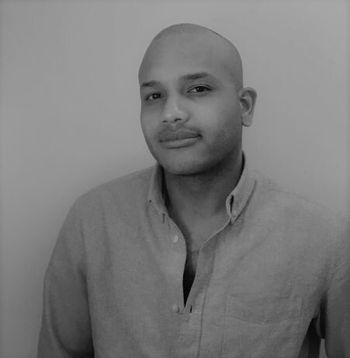Baylor University chooses to keep its name AND commemorate first African American graduates
The university will erect statues of Rev. Robert Gilbert '67 and Barbara Walker '67 on the front of the Tidwell Bible Building on Speight Avenue.
"The resulting actions the Board and University ultimately will take will be guided solely by our Christian mission, anchored singularly in the Gospel's pattern for redemption and reconciliation," said Board of Regents Chair Mark Rountree.
A statue of Judge R.E.B. Baylor will continue to stand on the Founders Mall.
Baylor University in Waco, Texas will keep its name and mount new statues commemorating the first African American students to graduate from the university, according to a press release issued on March 23.
The decision is the recommendation of a report by the Commission on Historic Campus Representations, a committee appointed by the Baylor Board of Regents in June 2020 to review the university’s ties to slavery and the Confederacy.
The Commission released its long-awaited reported in March, calling for a compromise that will preserve Baylor’s affiliation with the university as it moves forward with plans to commemorate the African American students who integrated the university in the 1960s. According to the press release, the university will erect statues of Rev. Robert Gilbert ‘67 and Barbara Walker ’67 on the front of the Tidwell Bible Building on Speight Avenue.
Judge R.E.B. Baylor’s statue, the university said, “Will maintain its current location on Founders Mall.”
RELATED: Baylor students want to remove statue of...Baylor?]
Comprising a committee of 26 Baylor alumni, Regents members, faculty, students, and staff, the Commission on Historic Campus Representations emerged from a hotly contested debate on the propriety of commemorating Judge R.E.B. Baylor, who was a slaveowner and racist. As a Texas judge, Mr. Baylor punished a White person for buying bacon from an enslaved African American and sided with the Confederacy in the Civil War.
Commenting on the report’s release Board of Regents Chair Mark Rountree ‘86 said the Commission’s recommendations reconcile Baylor’s past with its future.
”As we begin our important work in response to the Commission’s report, let me state that we are proud of the name Baylor University,” he said, “As you will read in the Commission’s report, Judge Baylor was not a perfect man. As a slaveholder, he engaged in a practice we know to be sinful and abhorrent. We do not justify or downplay the evil of slavery.”
[RELATED: Cancel Culture comes for Thomas Jefferson...and fails miserably]
”The resulting actions the Board and University ultimately will take,” he continued, “will be guided solely by our Christian mission, anchored singularly in the Gospel’s pattern for redemption and reconciliation, and directed at fostering an environment through which racial equality is inextricably linked to our mission and in which students, faculty, staff, alumni, and friends of color know they are valued and loved throughout the Baylor community.”
On June 26, 2020, the university described the Commission’s task as an “Opportunity and obligation to pursue racial healing healing as an expression of the Christian faith and adherence to Biblical principles of justice and love.”
[RELATED: Princeton DEBATE club cancels Ted Cruz]
Whether students will agree that the Commission’s recommendations met its goal of creating racial healing remains an open question. As Campus Reform previously reported, many strongly opposed Judge Baylor’s affiliation with the university and associated it with incidents of alleged racial bias. In February, students representing Black Lives Matter staged a protest at Judge Baylor’s statue to demand that college officials remove it from campus, choose a new name, and forge a new university culture reflecting the ascendant ideology of diversity, equity, and inclusion.
”It’s having those ideals still founded, literally built, ingrained into the school,” said junior Sam Onilenla, “Once we remove that from campus, then we can start removing...[sic] the rest of the stuff off the campus that makes us feel uncomfortable.”
Follow the author of this article: Dion J. Pierre

